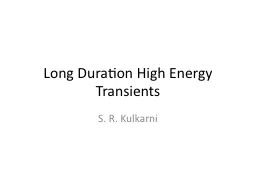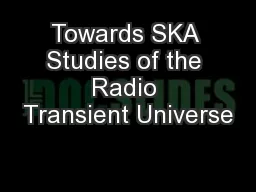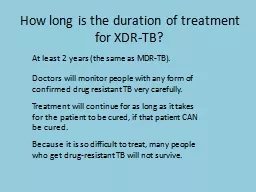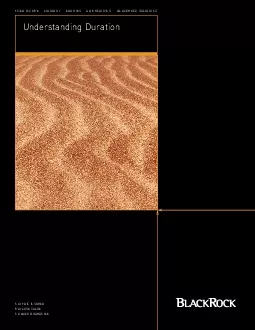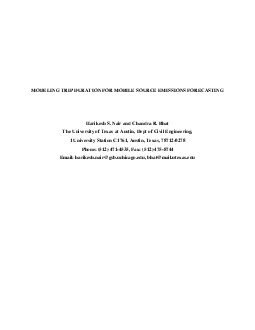PPT-Long Duration High Energy Transients
Author : debby-jeon | Published Date : 2017-01-20
S R Kulkarni An interlude compactness problem From saris talk circa 2000 Energy We measure F10 6 ergcm 2 Cosmological D 10 28 cm E 4 D 2 F 10 51 erg
Presentation Embed Code
Download Presentation
Download Presentation The PPT/PDF document "Long Duration High Energy Transients" is the property of its rightful owner. Permission is granted to download and print the materials on this website for personal, non-commercial use only, and to display it on your personal computer provided you do not modify the materials and that you retain all copyright notices contained in the materials. By downloading content from our website, you accept the terms of this agreement.
Long Duration High Energy Transients: Transcript
Download Rules Of Document
"Long Duration High Energy Transients"The content belongs to its owner. You may download and print it for personal use, without modification, and keep all copyright notices. By downloading, you agree to these terms.
Related Documents

